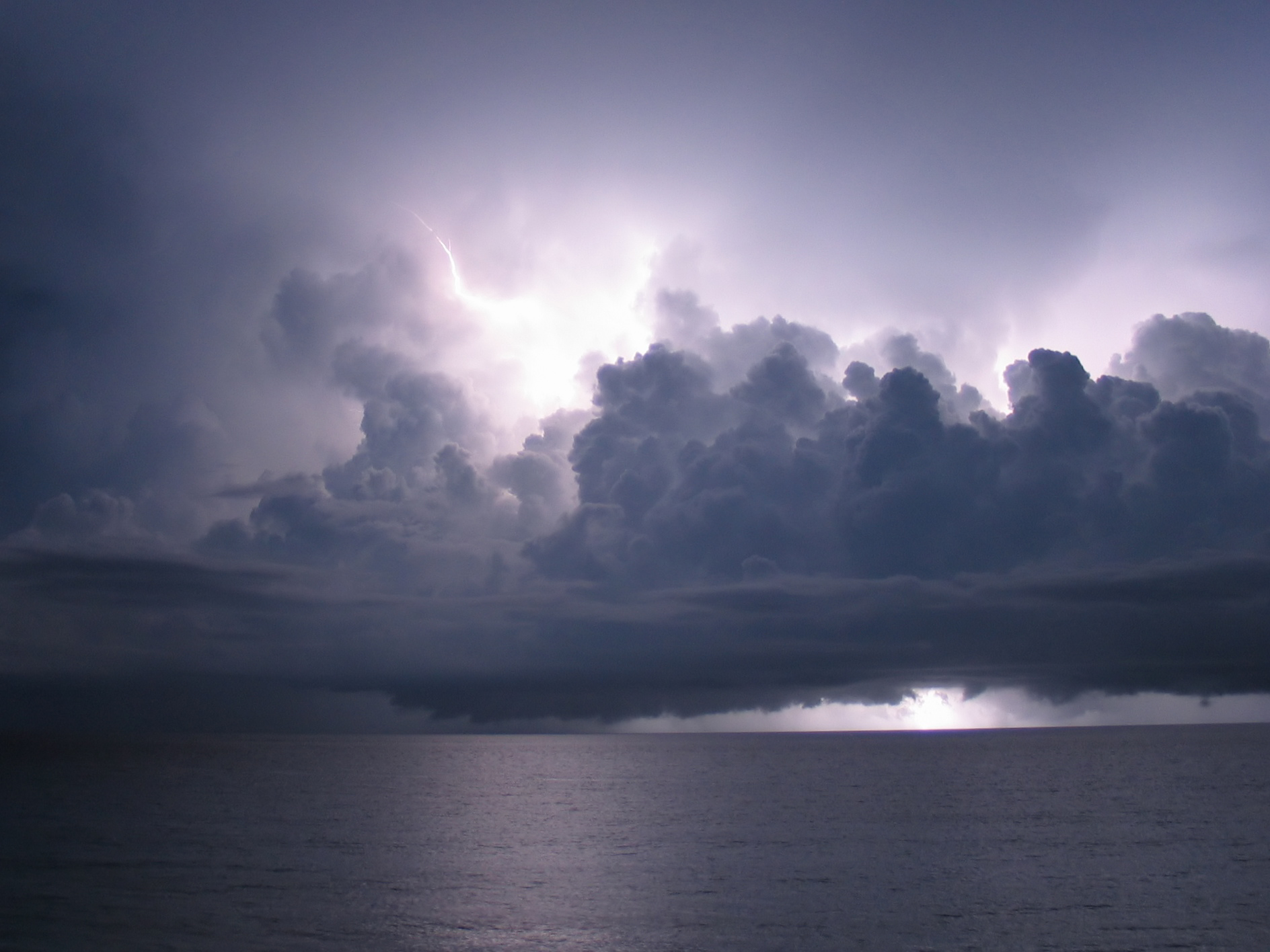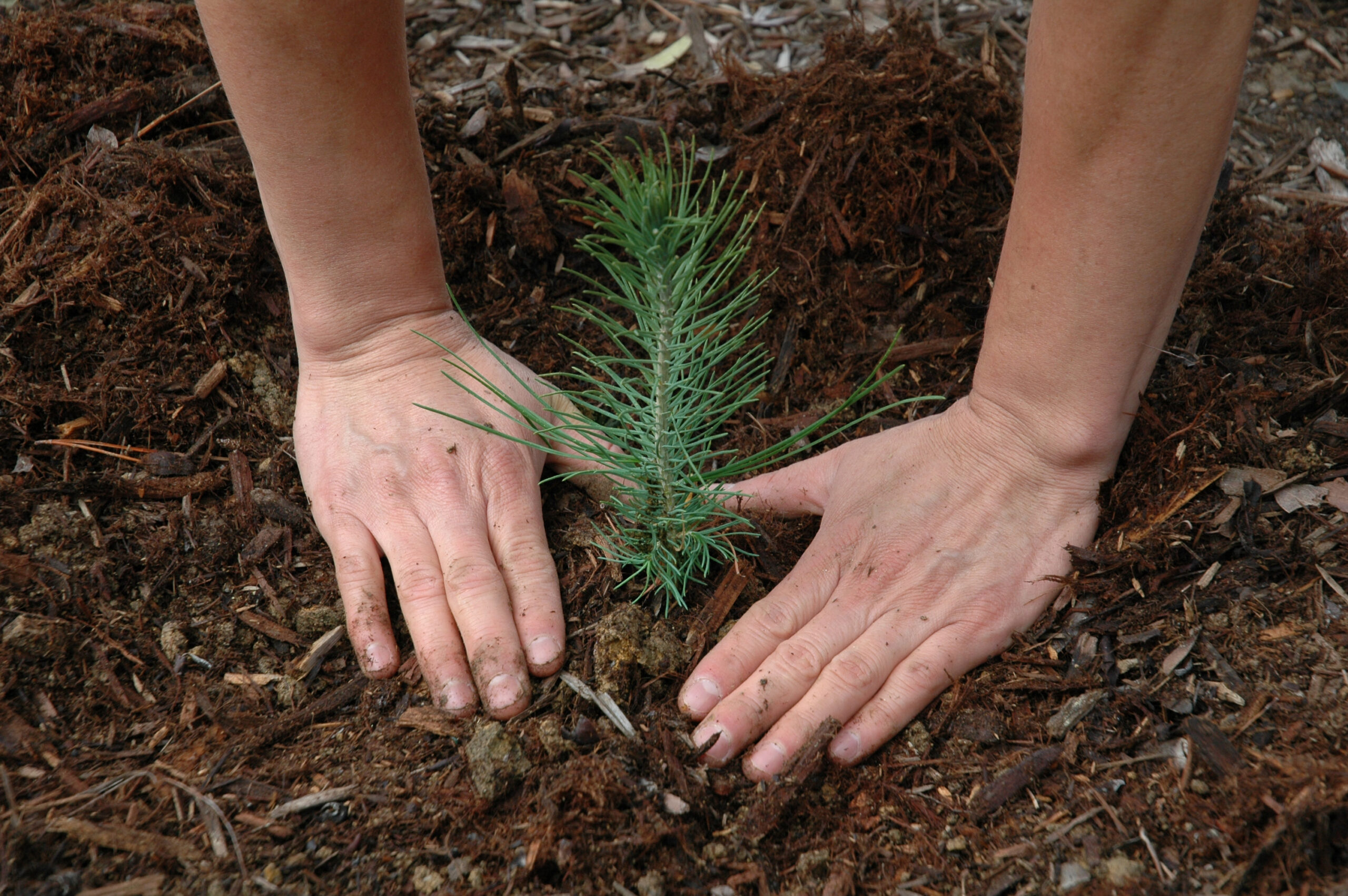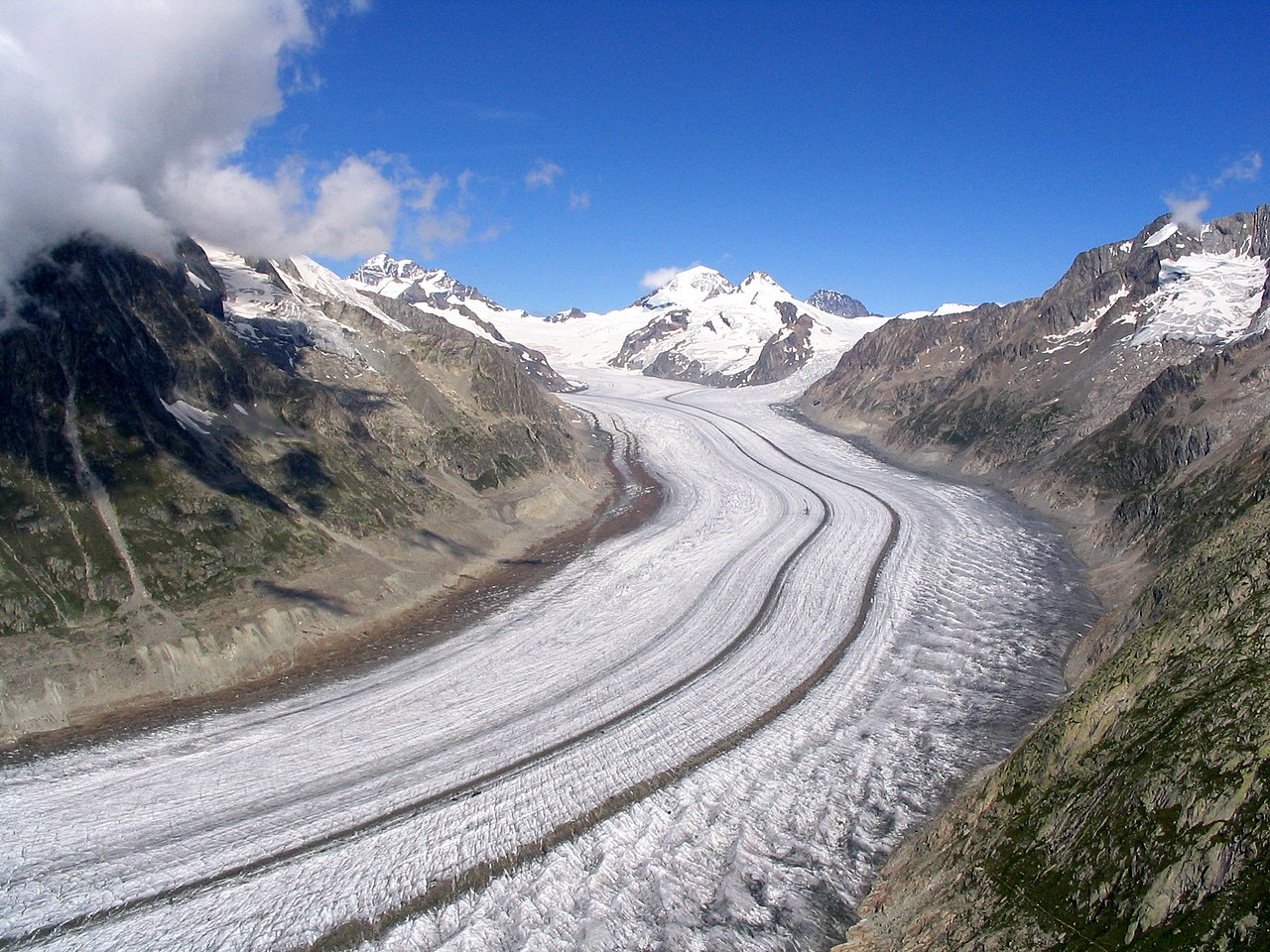
Lightning off the coast of Cancun, Mexico. The largest thunderstorms, flaunting the biggest lightning megaflashes, frequent the Great Plains in North America and the eastern La Plata basin in South America, but the storms with the highest density of flashes occur over the ocean, mostly through the Gulf of Mexico and east of South Africa, a new study finds.
Credit: Keith Pomakis, CC BY-SA 2.5
AGU News
Press registration open for Ocean Sciences Meeting
Browse nearly 5,000 abstracts for #OSM24, held 18-23 February in New Orleans. [OSM24 scientific program][OSM24 press registration][press release]
Register to attend the Triennial Earth-Sun Summit during the eclipse!
The Triennial Earth-Sun Summit (TESS) will be held 7-12 April in Dallas, Texas, in the path of totality. Scientific programming begins on 9 April, the day after the eclipse. To register, simply email us at [email protected]. Scientific sessions are on-site only. AGU’s housing is full. [TESS website][scientific program]
Featured Research
Small farm irrigation ponds have big evaporative losses in Europe’s water-stressed regions
In Italy, Spain and Portugal, the number of reservoirs smaller than 100 square meters have doubled in the last two decades. Hotter temperatures are driving both rising demand for stored irrigation water and increasing losses to evaporation, according to a study that finds nearly 40% of the water capacity in the ponds evaporates. [Earth’s Future research]
Densest lightning on Earth occurs over sea, not land
A new class of extreme thunderstorm claims the title for most frequent lightning concentrated in a small area — some flashing so fast they would appear continuously lit to the human eye. These compact “lightning-dense” storms were previously underappreciated because their lightning flashes in a tempo too quick for accurate measurement by automated detection systems. Strong updrafts rivaling the most powerful thunderstorms on Earth drive the high flash rate, but unlike the largest thunderstorms, they occur over the ocean. [Earth and Space Science research]
13,000 barriers fragment Mekong Rivers’ rich habitat
The Mekong River basin in Southeast Asia is one of the most biodiverse regions on the planet, but dams and other waterway barriers can cause ecologically damaging habitat fragmentation. A new study finds more than 10,000 previously undocumented such barriers, suggesting a greater degree of habitat fragmentation than known. [Water Resources Research research]
Measuring methane stemming from tree stems
Wetland tree stem emissions have emerged as a significant contributor to the global methane budget. A new study tracks how they vary by season, location, and hydrological conditions. [Journal of Geophysical Research: Biogeosciences research] [Eos research spotlight]
Deep learning tackles deep uncertainty about future sea levels
A new method based on artificial intelligence could help accelerate projections of polar ice melt and future sea level rise. [Journal of Advances in Modeling Earth Systems research] [Eos editors’ highlight]
A dust-up over dust underestimations
Dust has significant impacts on the environment, climate, air quality, and human health, yet dust events are underestimated and therefore do not receive the level of attention necessary. [GeoHealth research][Eos editors’ highlight]
Get the latest science from AGU’s 25 journals in your inbox. Update your AGU News subscription preferences.
AGU (www.agu.org) is a global community supporting more than half a million advocates and professionals in Earth and space sciences. Through broad and inclusive partnerships, AGU aims to advance discovery and solution science that accelerate knowledge and create solutions that are ethical, unbiased and respectful of communities and their values. Our programs include serving as a scholarly publisher, convening virtual and in-person events and providing career support. We live our values in everything we do, such as our net zero energy renovated building in Washington, D.C. and our Ethics and Equity Center, which fosters a diverse and inclusive geoscience community to ensure responsible conduct.


